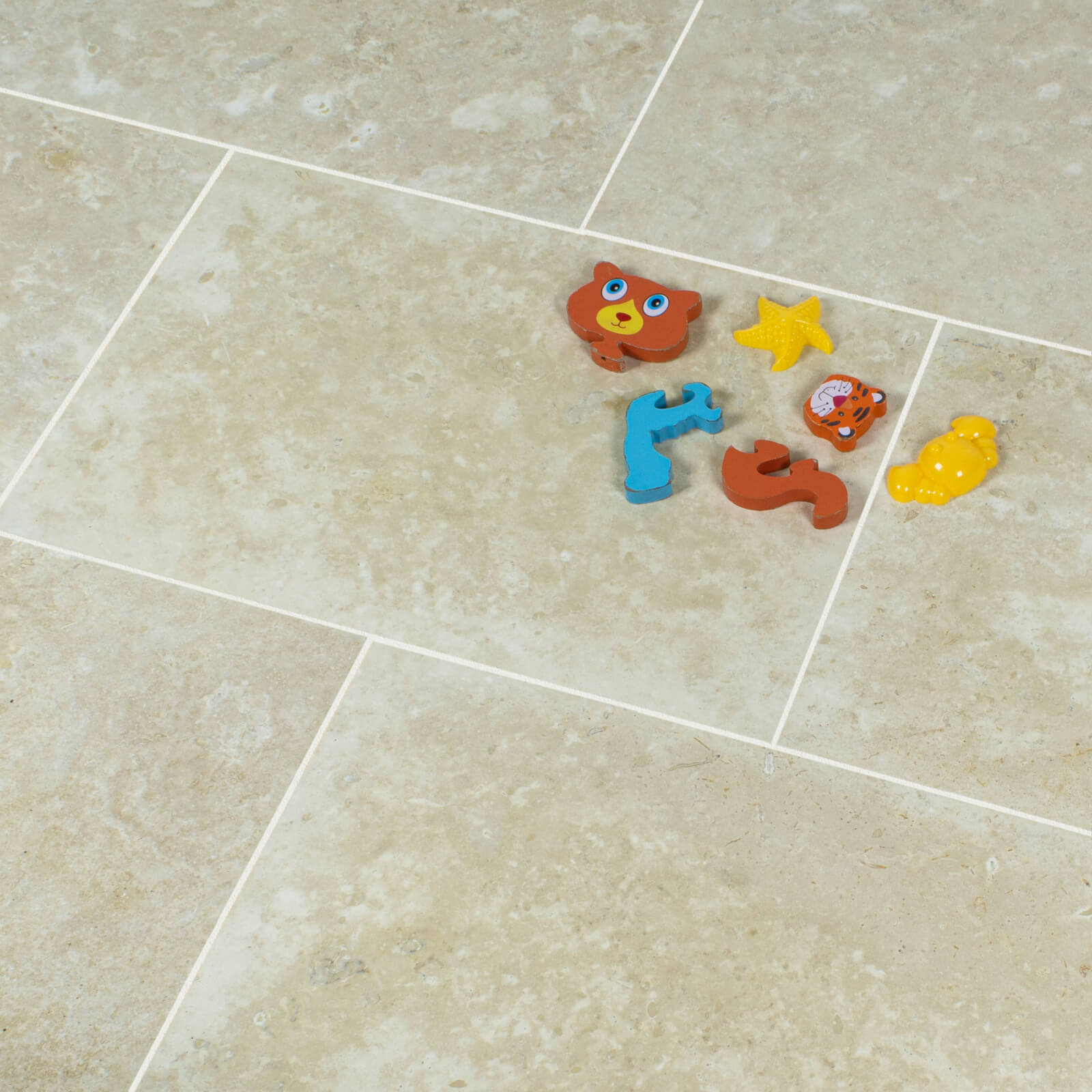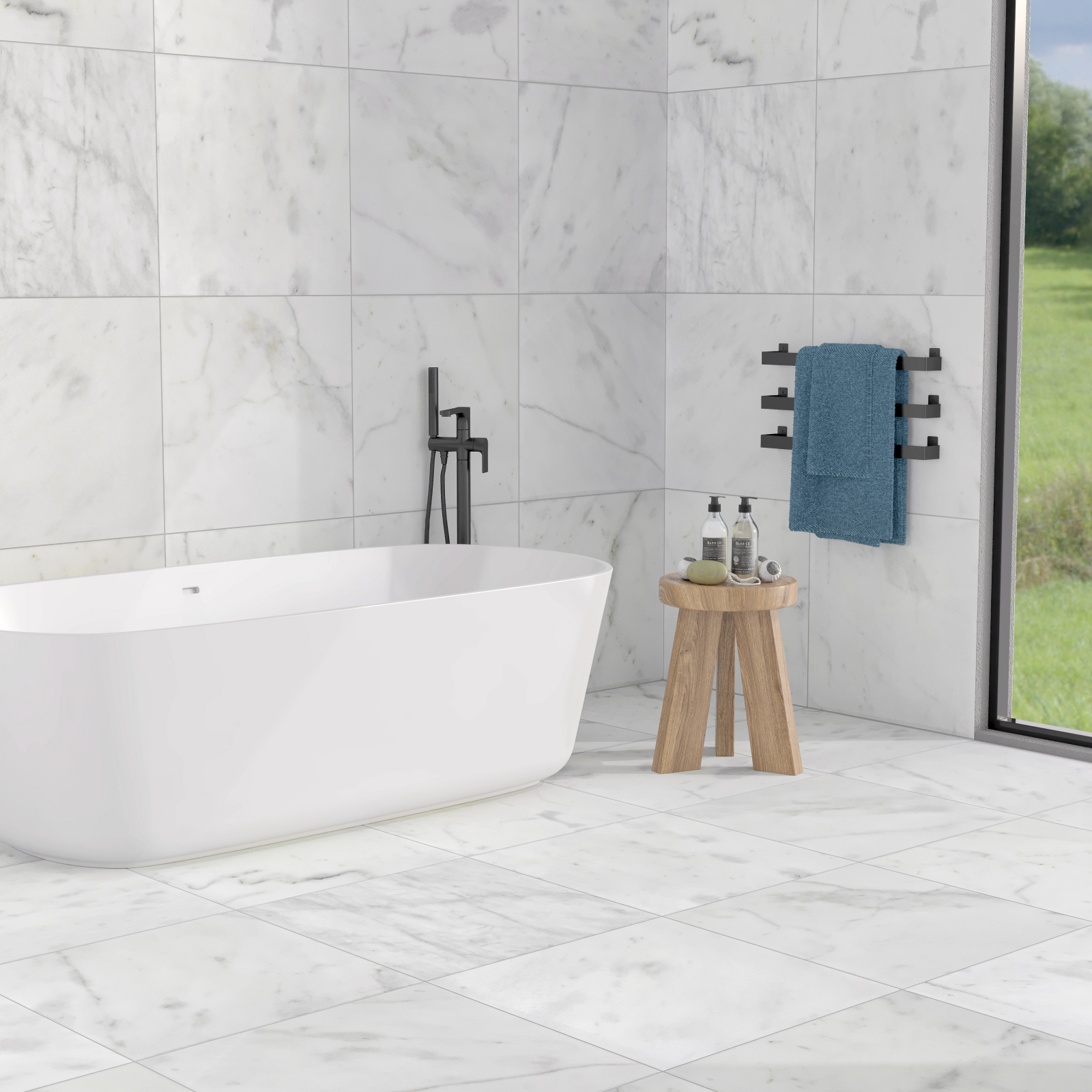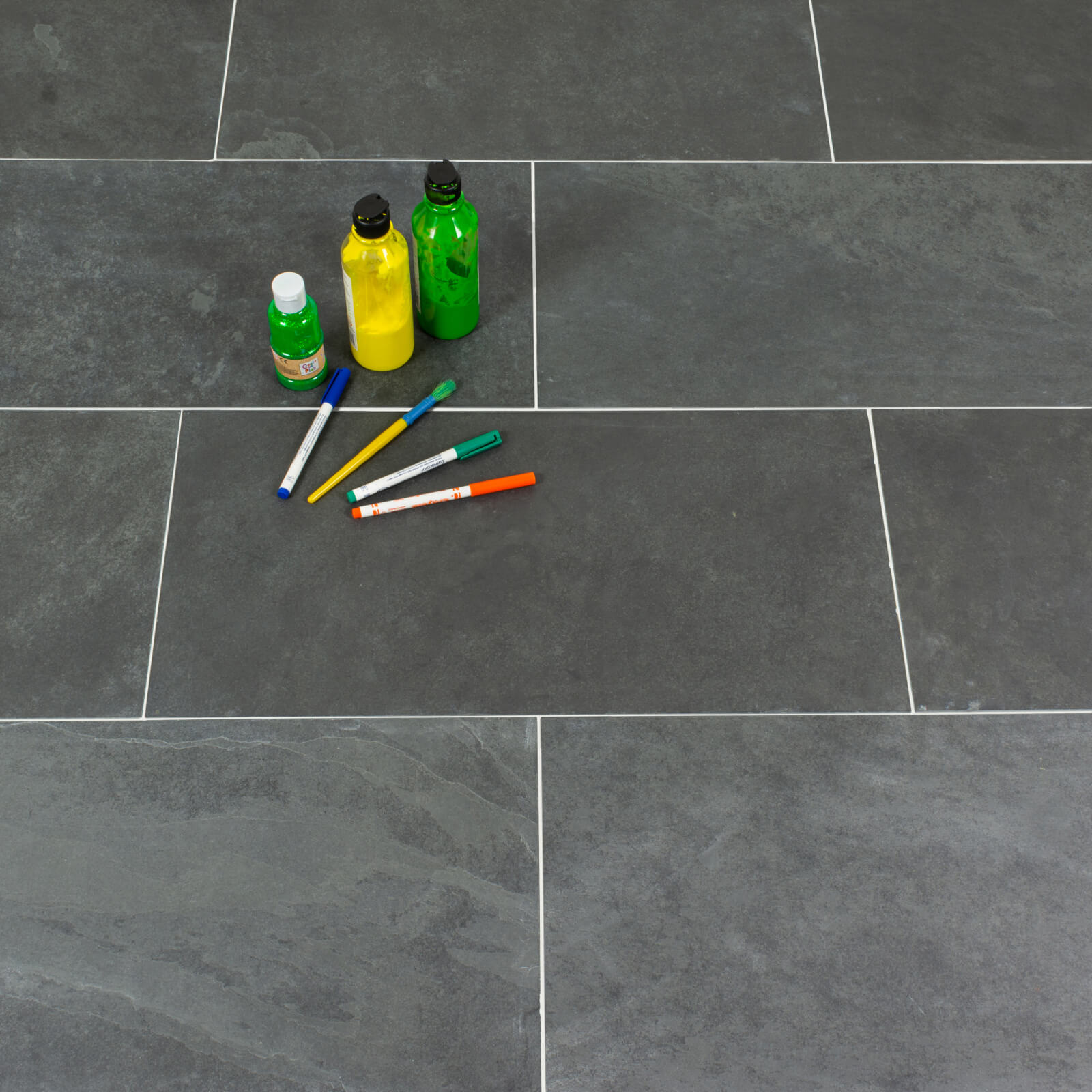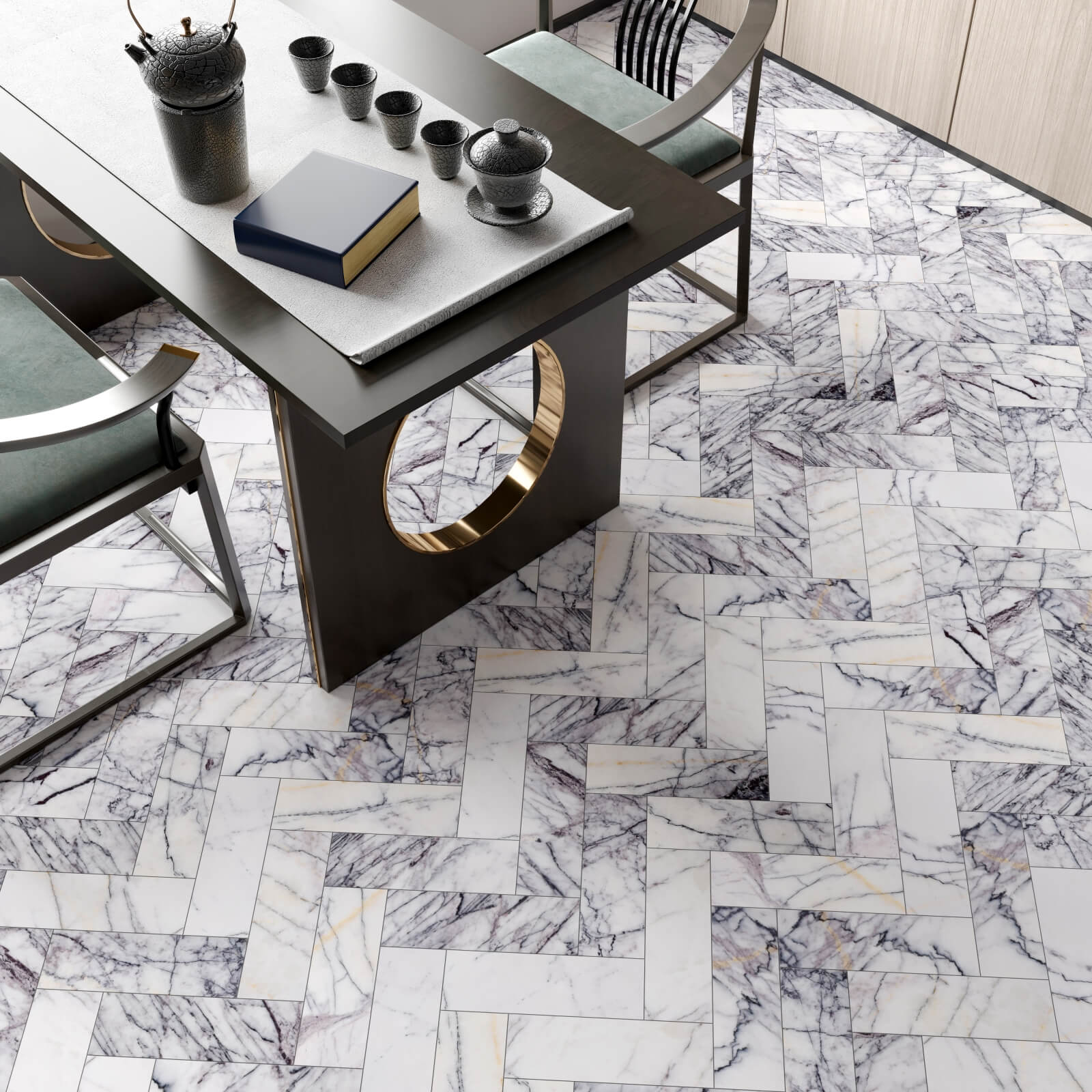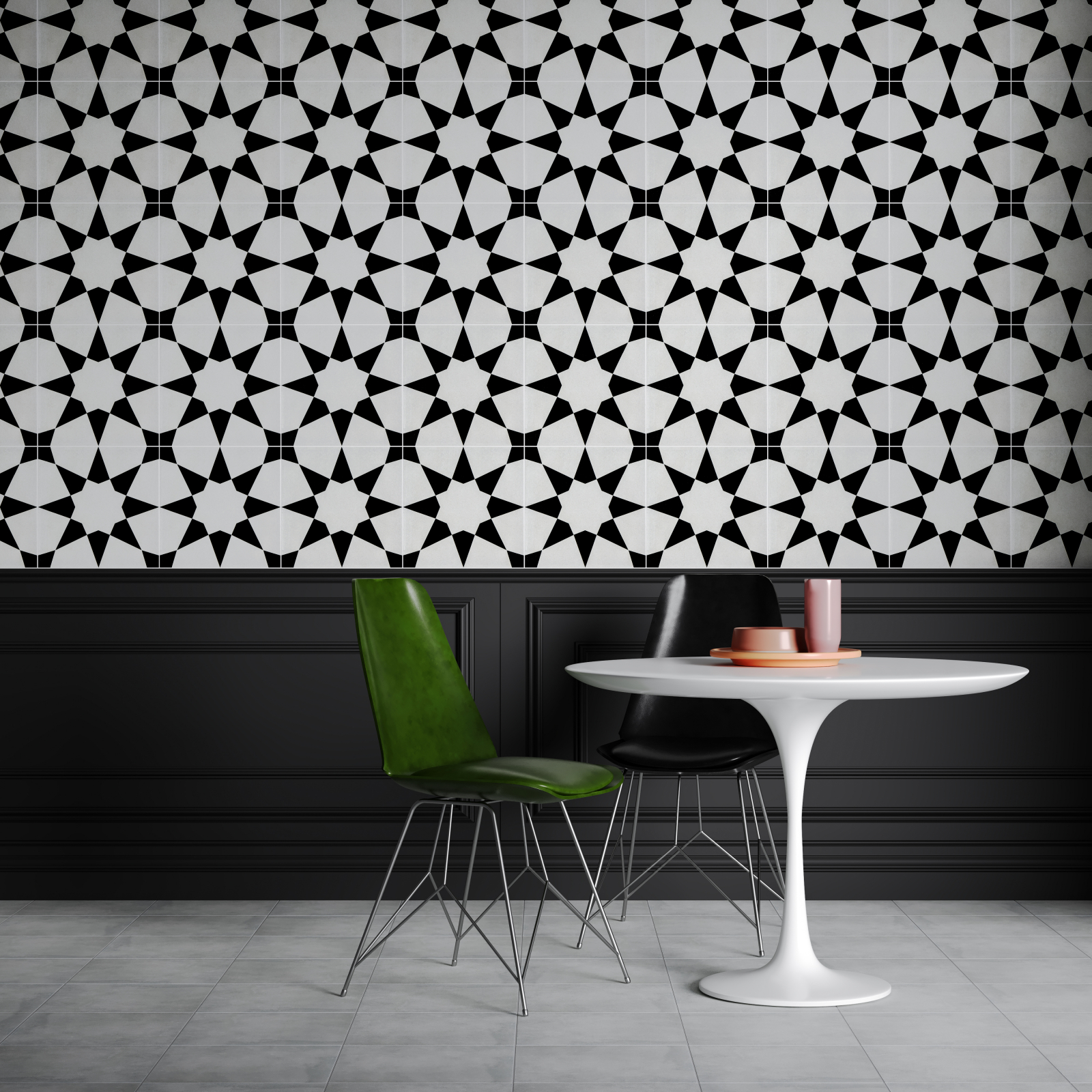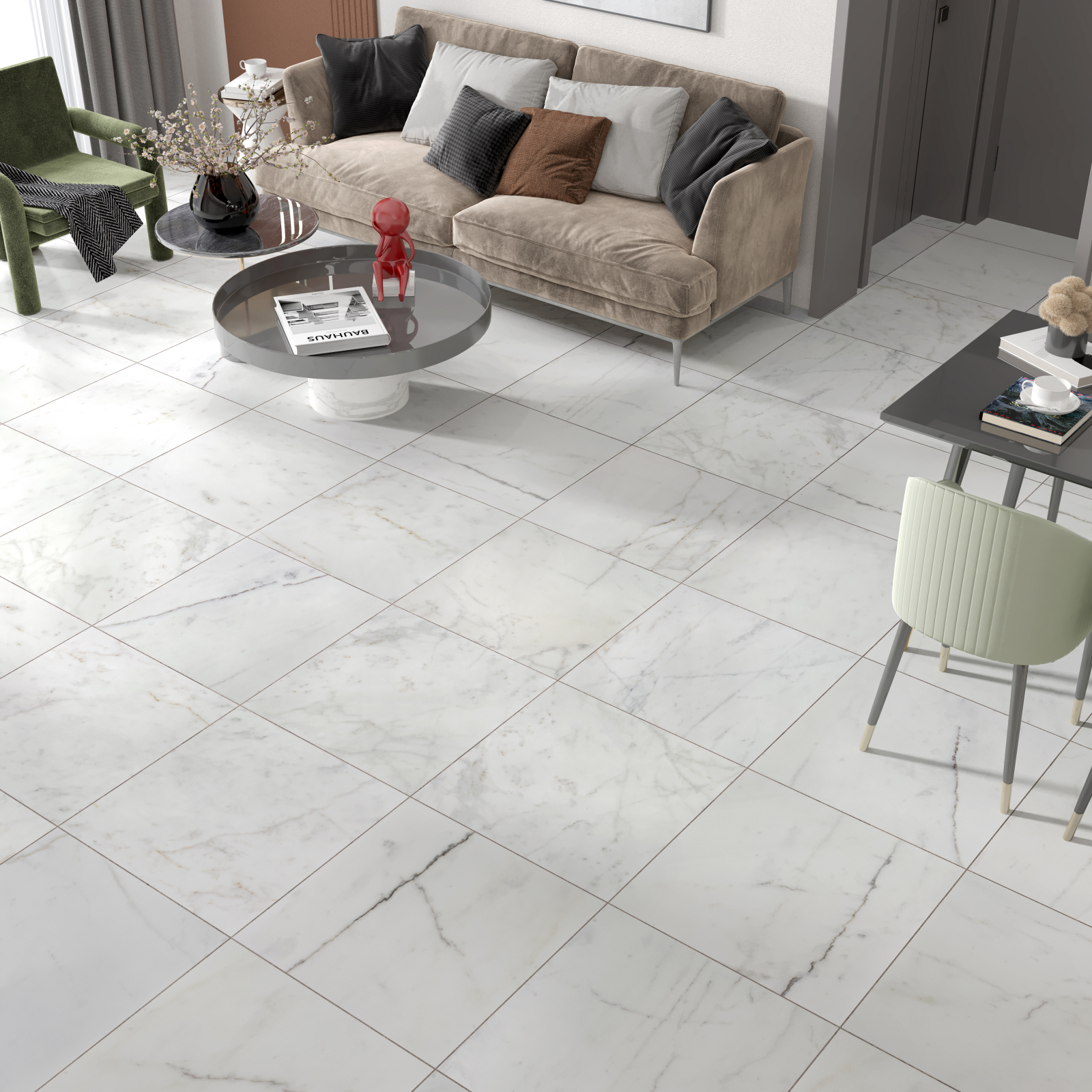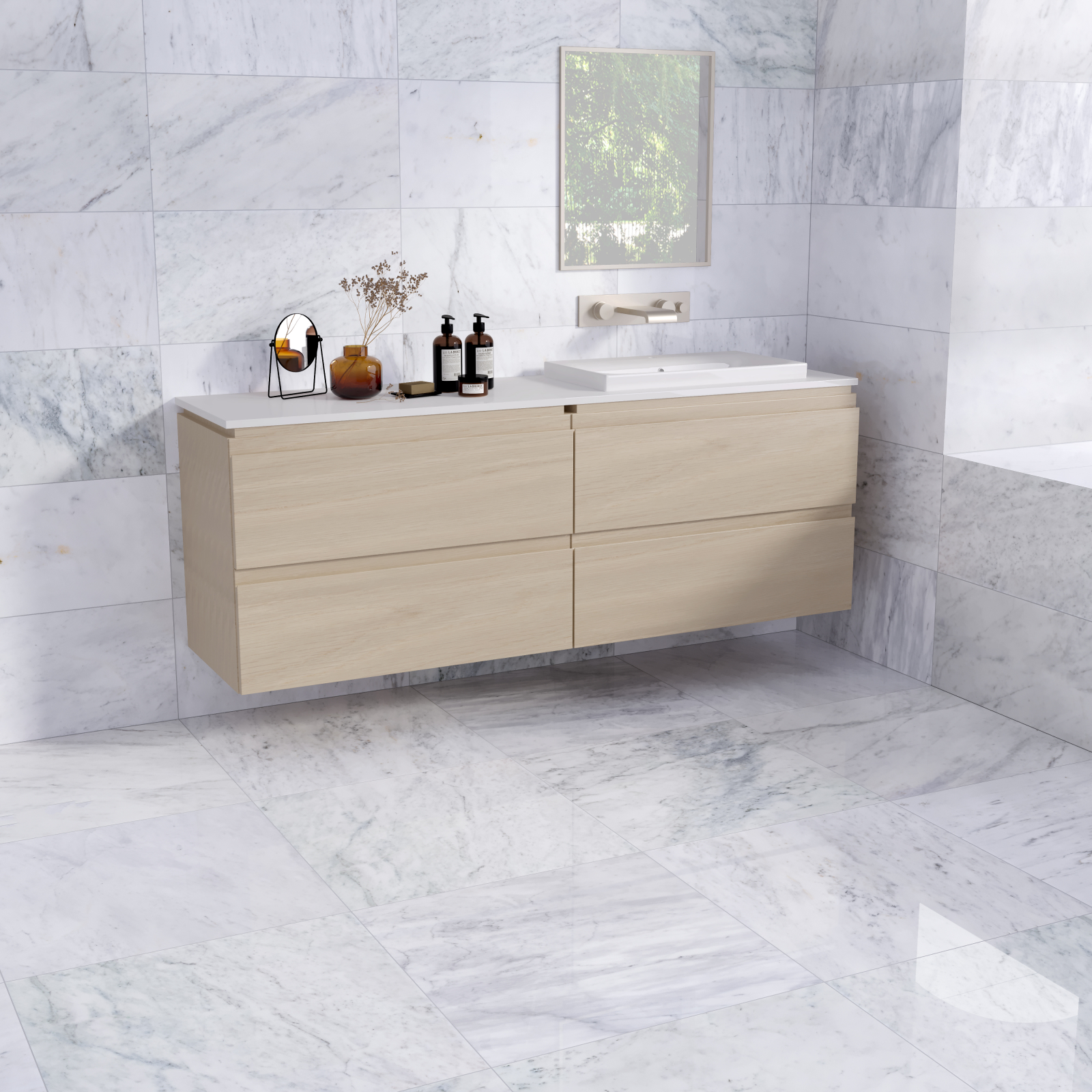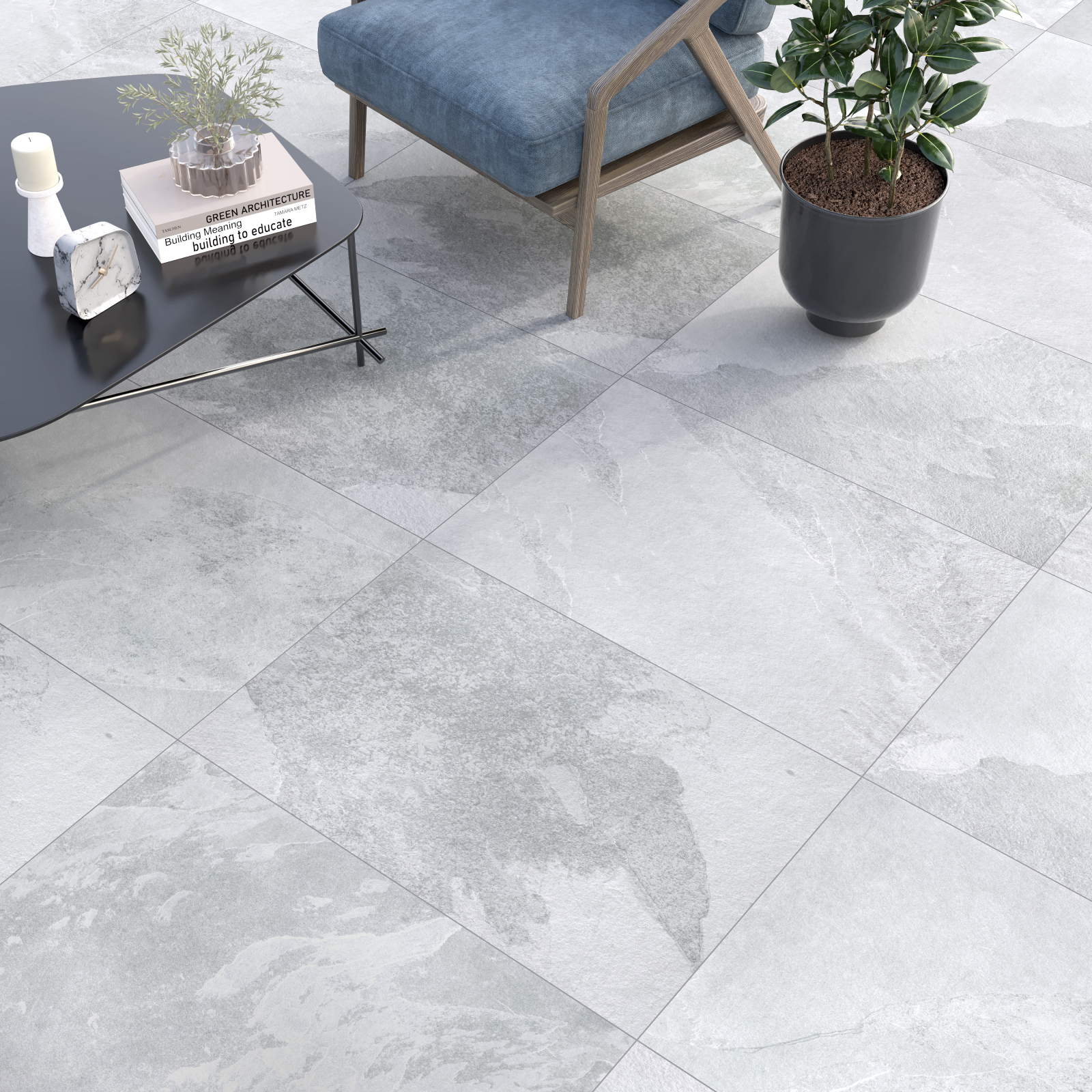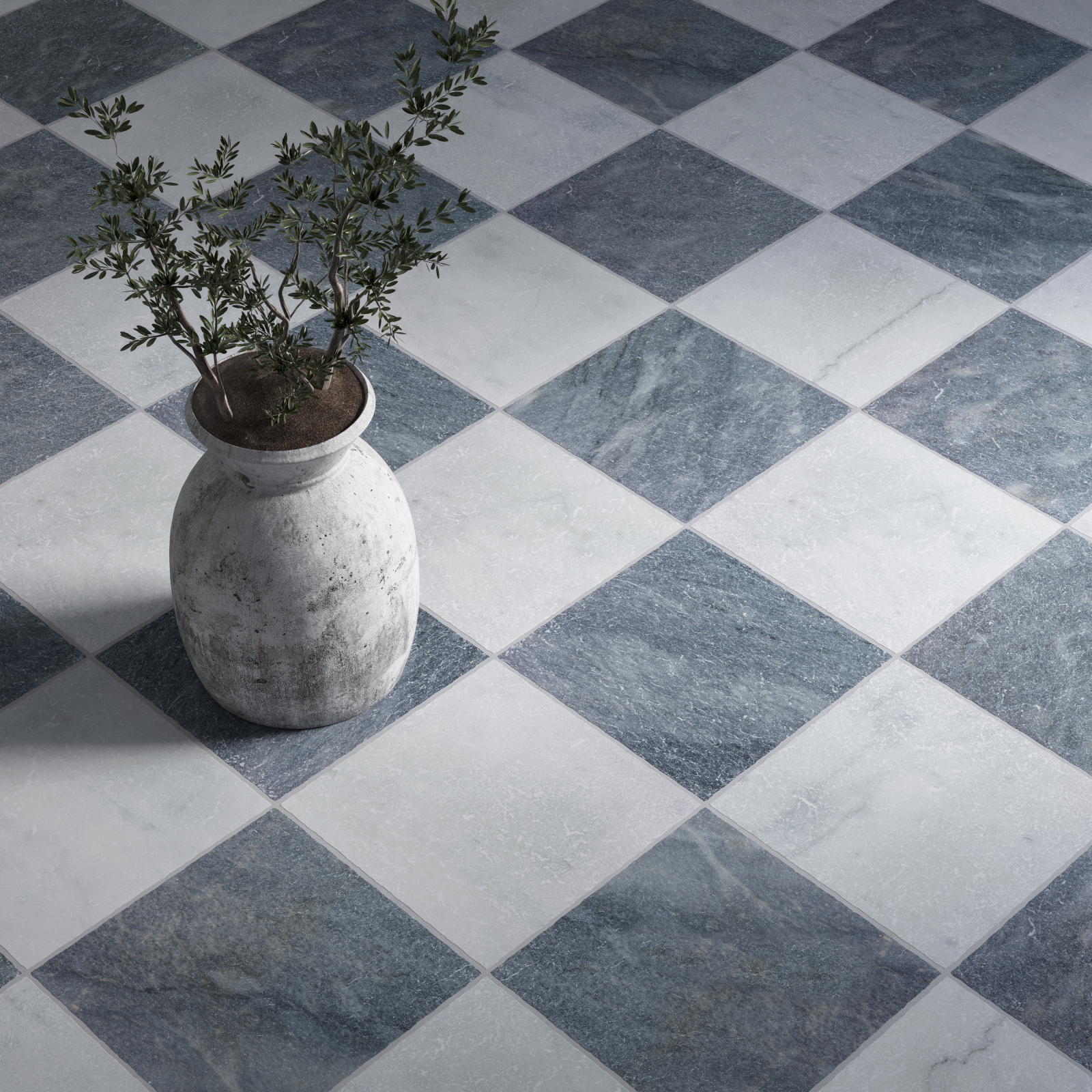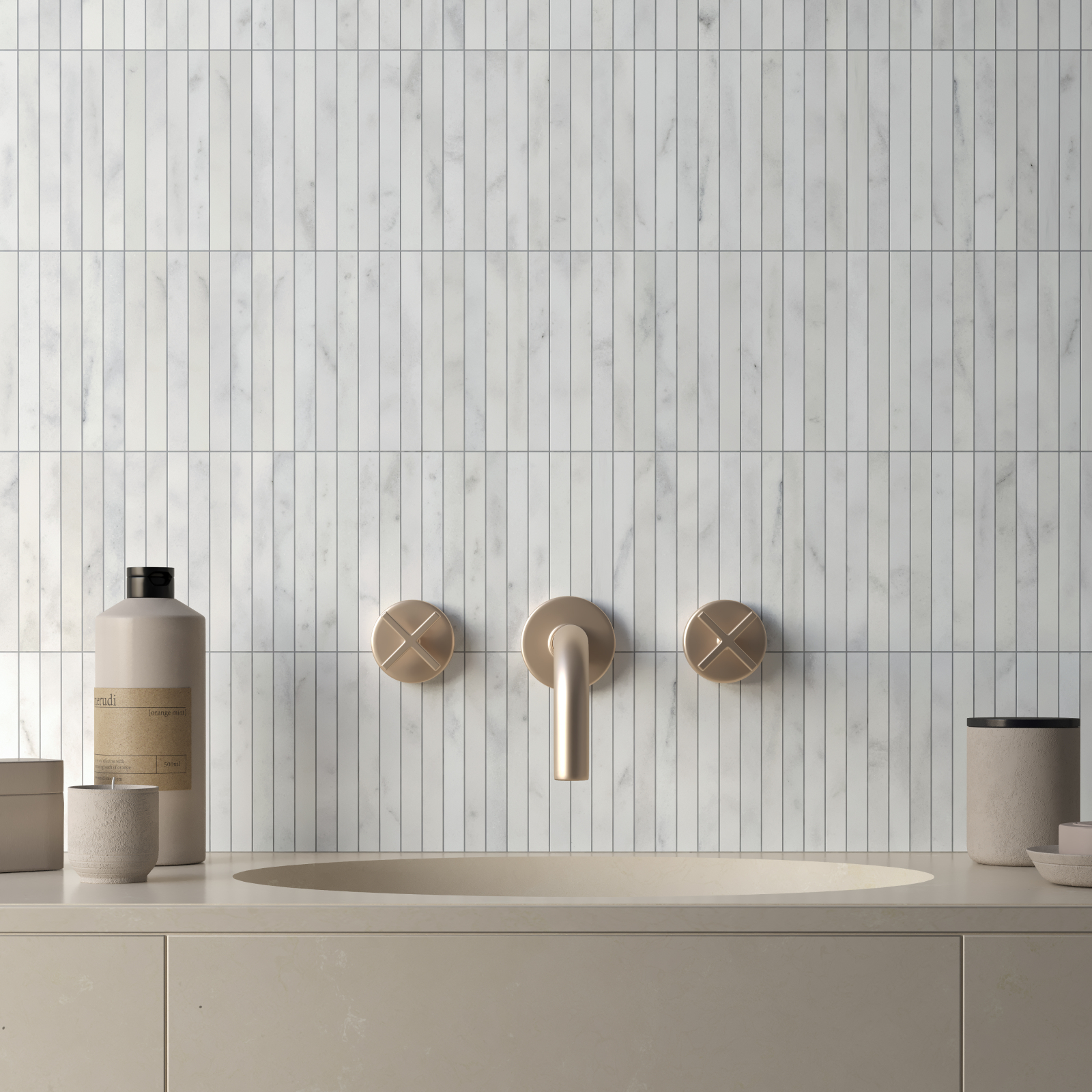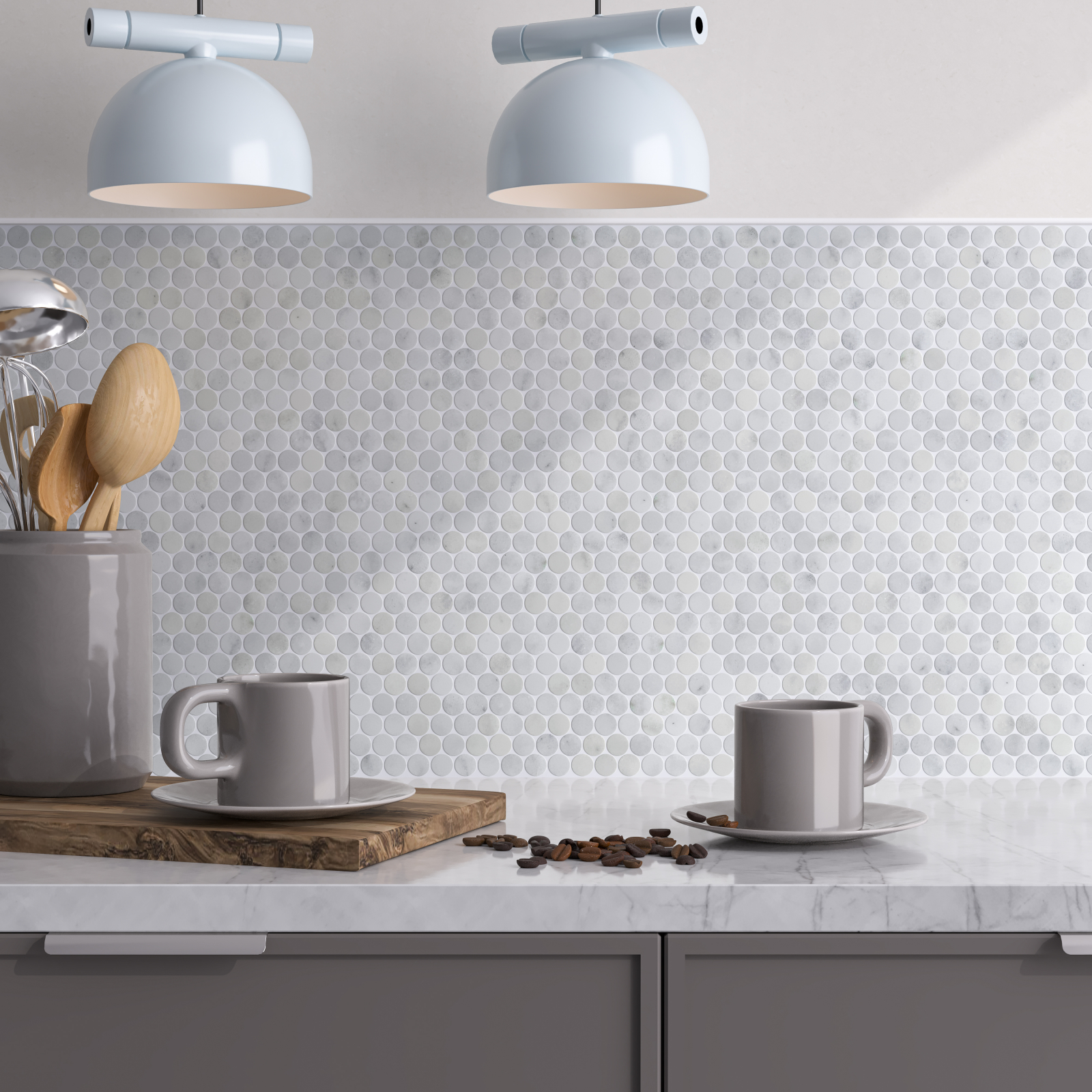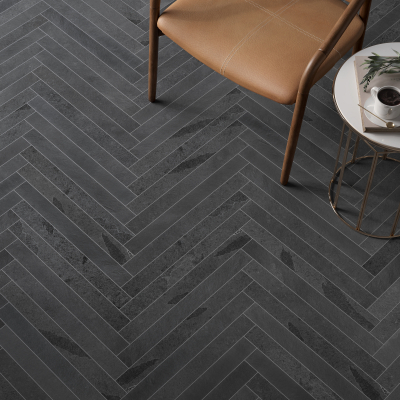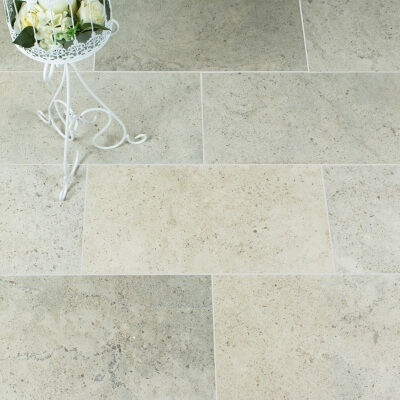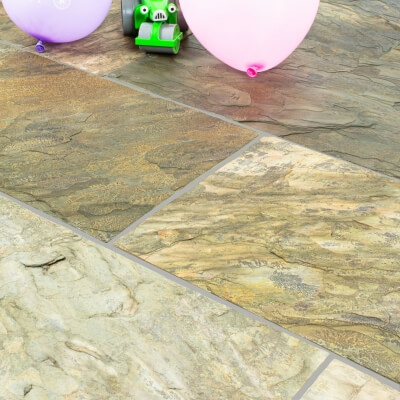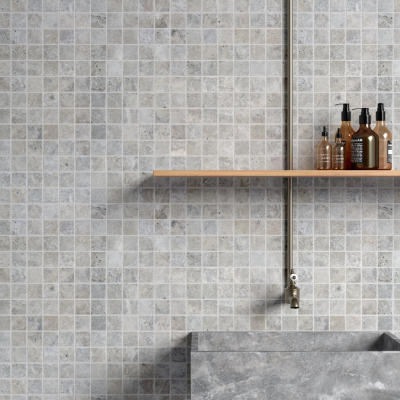How to Clean Your Bathroom Tiles?
Although some people think the opposite, your bathroom must be regularly cleaned to avoid any mould, scale or other unwanted stains developing on your bathroom tiles. We, therefore, advise you to clean your bathroom tiles several times a week, especially a shower/wet room area where it would be best to clean straight after use to avoid limescale build-up at the very least.
Let's all admit that regardless of whether small or large, white or coloured, it is safe to say that cleaning tiles in your bathroom has never been fun. But, to help you make this room a real place of haven, we recommend that you don't put off cleaning your bathroom. Either way, you'll have to do it at some point, so might as well do it now.
In this blog, we will give you advice on how to maintain, clean, which natural products to use and our recommendations on man-made specialist products to use to clean bathroom tiles.
Let's first quickly categorise the types of stones there are as they can be generalised into 2 main categories in their composition.
Siliceous stone is made up mainly of silica or quartz-like particles. It is generally very durable and relatively easy to clean with mild acidic cleaning solutions. Types of siliceous stone include granite, slate, sandstone, quartzite, brownstone, and blue-stone.
Calcareous stone is made up mainly of calcium carbonate. It is very sensitive to acidic cleaning products and frequently requires different cleaning procedures than siliceous stone. Types of calcareous stone include marble, travertine and limestone. What may work on siliceous stone may not be suitable on calcareous surfaces and end up damaging your surface over time.
We have our man-made porcelain and ceramic tiles which require less decision making in a suitable product as they are much harder to damage than naturally formed stone tiles.
It is extremely important to first understand the types of stone you have installed for your walls and floor in your bathroom first before you use any of the recommended natural products to clean them to avoid damaging your tiles. You should not use the same cleaners for sandstone, limestone, natural stones or porcelain doing so may help clean one type of stone but end up damaging others and always wear gloves to protect the skin of your hands.
Now that this technical jargon is out the way, we can begin.
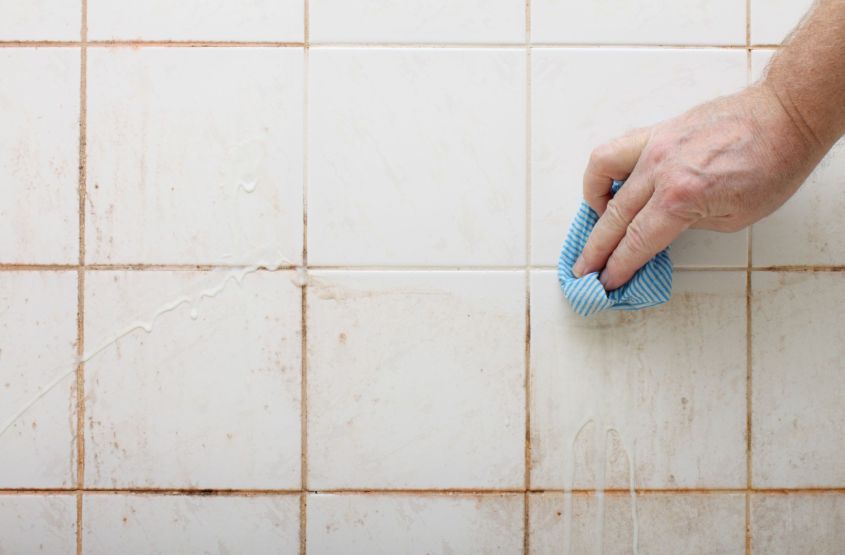
How maintain and clean your bathroom floor and wall tiles?
What natural products can be used to clean bathroom tiles?
We will first give you some tips in using natural products that can save you precious time and money and then recommend the industry-standard cleaning products as alternatives.
To clean your bathroom from top to bottom, you don't necessarily need to break the bank and fill your cabinets with commercially available chemicals. You may already have everything you need in your cupboards.
Though we recommend natural remedies in most cases, with some stubborn stains, we sometimes need the help and strength of specially manufactured products that are easy to use as long as the suitable product is chosen for the type of bathroom tile that needs to be cleaned. We will provide you with our recommendations on what are the best products that are out there to purchase.
General household materials that can be used:
- Clean warm water
- Bucket
- Sponge
- Microfibre cloth
- Salt
- White vinegar
- Baking soda
Our first advice is for your bathroom tiles to be cleaned straight after taking a bath or shower to prevent the limestone contained in the water particles from settling and leaving an unsightly halo or misty look on your bathroom tiles.
Make sure to ventilate the bathroom after each shower or bath as humidity is the number one enemy of tiles and can cause mould, which is also dangerous to your health. Then rinse your bathroom tiles with a jet of clean warm water and wipe dry with a microfibre cloth.
You can also use a steam cleaning device which is extremely effective in disinfecting the tiles of your bathroom, you can also use it for other rooms in the house as an added bonus.
These small steps that seem simple, will save you time during the complete once a week cleaning of your bathroom and will be easy enough to keep your bathroom clean and sparkling.
The tiles in your bathroom can be rather greasy due to the products we generally use (shampoo, shower gel, etc.), using baking soda may be the right solution, even if your tiles have yellowed. Baking soda is the perfect ally for the basic cleaning of your bathroom tiles. Depending on the surface you want to clean, mix a small amount of baking soda with some clean water, then mix them to a paste that you can apply on the dirtiest tiles. Leave the paste on for about 2 hours then rinse with clean water, you will simply be shocked at how effective this simple solution is and admire its result. You can also use baking soda with white vinegar, which can sometimes be a real must for cleaning some types of bathroom tiles. Mix 4 tables spoons of baking soda and 10 cl of white vinegar then using a spray bottle, apply the mix and let stand for 2 hours before rinsing with clean water.
OK, your teeth are clean but your bathroom wall tiles a little less?
No problem, there is a simple cure to get rid of toothpaste stains on your wall. A little white vinegar and water on a small brush and you're done.
Great and easy steps to clean both your wall and floor tiles.
Our recommended manufactured cleaner:
LTP Grimex Multi-purpose Intensive Cleaner, this product is specially manufactured, the LTP Grimex is the answer to most stubborn grime, old layers of wax or acrylic and even rubber sole marks on terracotta and natural stone flooring. Suitable for use on glazed and unglazed tiles, this product is excellent for renovating old quarry tiles, terracotta, slate, stone and marble.
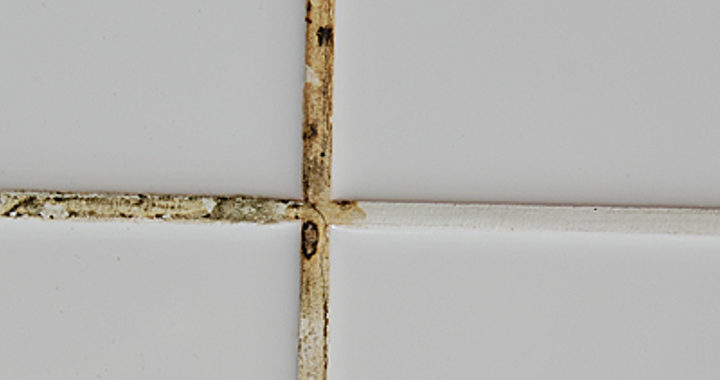
How to clean bathroom tile grout of stains and mould?
How to clean them without damaging them? Is it an impossible mission?
Grout between your tiles can be commonplace for mould and mildew to build up and can be a headache when it comes to removing it. Dirt and limescale also tend to accumulate on bathroom tile grouts.
Apply white vinegar to a toothbrush and gently rub the joints then rinse with clean water which tends to be a quick and easy process in most cases, simple and efficient. Lemon can also be used as it is a very good disinfectant and cleaner for the grout of the tiles in your bathroom. First cut a lemon in half then dip it in coarse salt, you can clean your grout directly using the lemon itself or you can also squeeze the lemon juice and mix it with coarse salt. Put a little of the mixture on a clean cloth then spread it on your gout, let it sit for about fifteen minutes then rinse the grout with clean water.
If mould has worked its way into the grout permanently, there’s a strong chance that the methods mentioned above aren’t going to be enough to clean the mould situation. If you’ve tried everything and the mould just isn’t being cleaned, it might be time to remove and re-grouting your bathroom tiles will be the best thing to do.
Our recommended manufactured cleaner:
LTP Grout Stain Remover is the solution for the removal of cement and grout residues and is extremely effective against mineral salt formations (efflorescence). Useful for routine cleaning of patios and other outside paved areas, LTP Grout Stain Remover may be used on glazed ceramics, quarry tiles, terracotta and some stone.
Whatever you choose to use in cleaning your bathroom floor and wall tiles as well as your grout, always test on a smaller area first before you proceed in cleaning a larger area.


